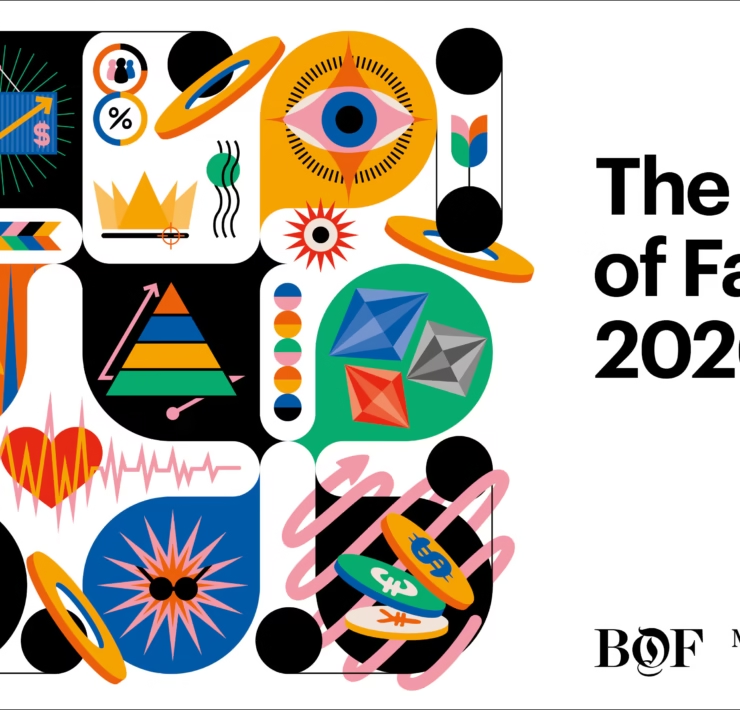Luxury Travel Market Size Worth USD 2.61 trillion by 2030

With the biggest market share, the European region is most likely to dominate the luxury travel market. The presence of major companies like Abercrombie & Kent USA, LLC, Micato Safaris, Cox & Kings Ltd, Travcoa, Ker & Downey, Tauck, Scott Dunn Ltd, Kensington Tours, Thomas Cook Group PLC, and Butterfield & Robinson Inc. and different strategies adopted are anticipated to contribute to the luxury travel market.
Due to rising disposable incomes and bettering transportation options, people’s increasing willingness to spend money on exotic vacations and leisure activities is a key factor driving the global luxury travel market expansion. As people become more conscious of eco-friendly travel options and modern campsites or creative glamping accommodations become more popular, the demand for luxury travel is expanding across the globe. Aside from this, a lot of travel agencies are utilizing cutting-edge technology, such as artificial intelligence (AI), to give customers the ability to book trips online, improve access to travel information, compare different reservation possibilities, and save effort and time. The size of the global luxury travel market was US$ 1,947.2 billion in 2021, and it is anticipated that the industry would expand to US$ 2,617.8 billion by 2030, at a compound annual growth rate (CAGR) of 5.7%.
To improve guests’ entire experience throughout their stay, luxury travel services offer premium, exclusive, and personalized amenities. These amenities include comfortable mattresses, free Wi-Fi, gourmet meals served in-room, dependable transportation, and cutting-edge locations. Today, a number of travel agencies provide genuine vacation packages with uncommon activities, round-the-clock assistance, and off-the-beaten-path locations to draw in a wide customer base and keep a competitive advantage. The demand for luxury travel services is also being fueled by the increasing emphasis on one-of-a-kind journeys that include sailing, cultural excursions, and daring sports. As local economies rely on tourists spending money on things like culture, art, guides, restaurants, and athletic events, luxury travel plays a crucial role in the distribution of wealth around the world.
In terms of age-based segments, the industry is segregated into millennials, baby boomers, generation X, and silver hair. Among these, the baby boomers age group segment led the global market in 2021 and accounted for the highest share of more than 42.68% in terms of revenue. Baby boomers have the time, money, and desire to travel, visit a number of exciting locations, and check off a variety of items on their bucket list, such as taking a world cruise, having a long vacation on a luxurious cruise ship, seeing exotic ports, and going on a posh safari.
Report coverage & details:
| Report Coverage | Details |
| Base Year | 2022 |
| Study Period: | 2020-2030 |
| Market Size in 2030 | USD 2,617.8 billion |
| CAGR | CAGR of 5.7% during 2021-2030 |
| Segment Covered | Tour, Age Group, Travel Type, Regions |
| Regions Covered | North America, Europe, Asia Pacific, Middle East and Africa, South America |
In 2021, the North American luxury travel market will be worth USD 2,000 million. One of the things driving regional growth is the growing number of millennials planning solo travels to far-flung places with the most freedom and flexibility possible. Through 2029, it is predicted that Europe will become a significant center for the luxury travel sector. This can be ascribed to the actions taken by important regional businesses to increase their market share.
Place a purchase order of this report https://www.adroitmarketresearch.com/researchreport/purchase/867
Share/Compártelo
- Click to share on LinkedIn (Opens in new window) LinkedIn
- Click to share on WhatsApp (Opens in new window) WhatsApp
- Click to share on Facebook (Opens in new window) Facebook
- Click to share on X (Opens in new window) X
- Click to share on Threads (Opens in new window) Threads
- Click to email a link to a friend (Opens in new window) Email
- Click to print (Opens in new window) Print
- More
Related
Discover more from LUXONOMY
Subscribe to get the latest posts sent to your email.

















